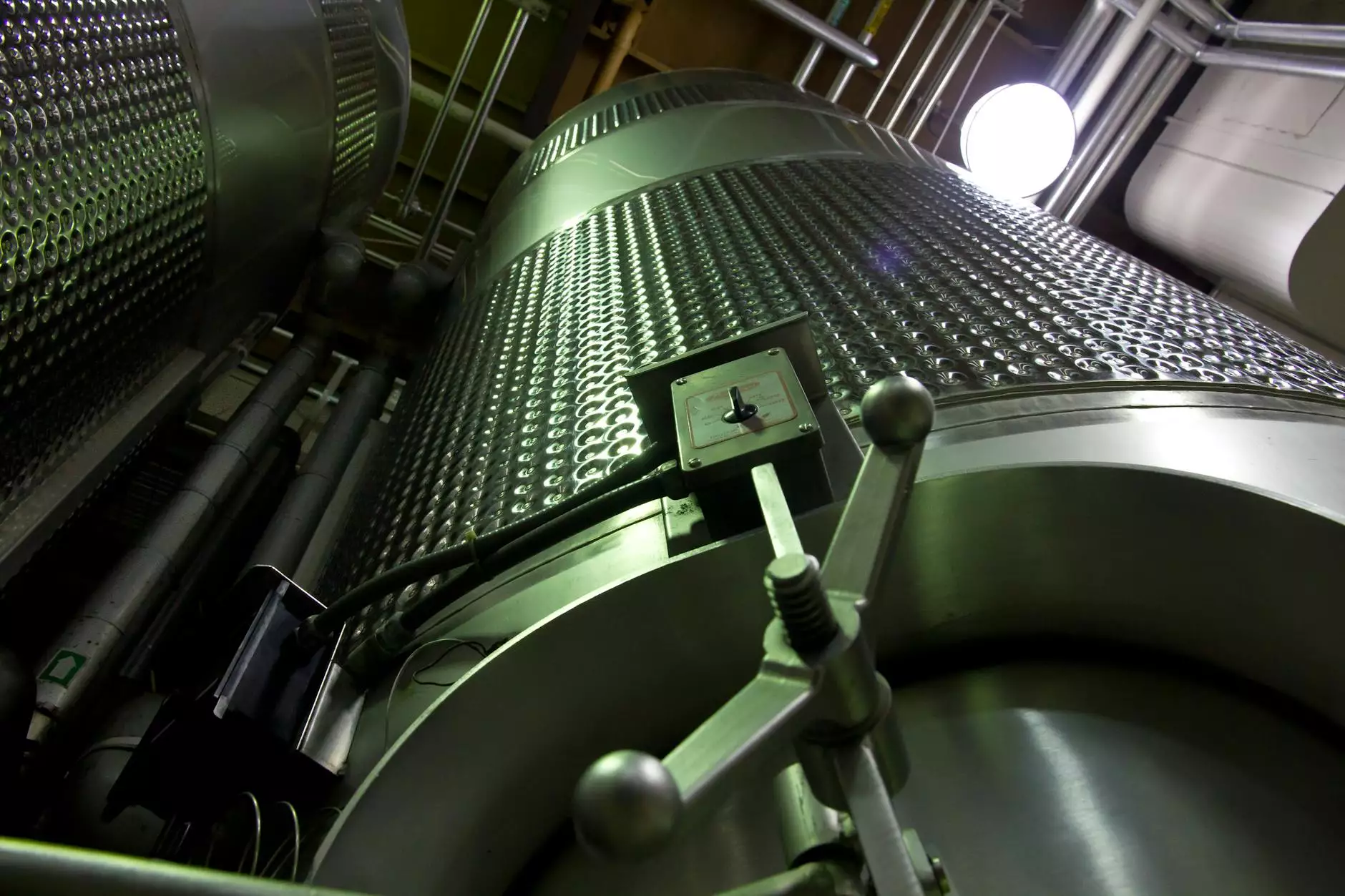Understanding Hydraulic Ball Valves: A Comprehensive Guide

In the world of fluid control systems, one of the pivotal components that significantly enhance operational efficiency and reliability is the hydraulic ball valve. This article delves deep into the concept, design, functioning, and applications of hydraulic ball valves, providing invaluable insights for professionals in the industry.
What is a Hydraulic Ball Valve?
A hydraulic ball valve is a type of valve that uses a spherical obstruction (the ball) to control the flow of fluid through a pipeline. The core mechanism involves a ball with a hole through its center. When the ball is rotated, the hole lines up with the flow direction, allowing fluid to pass through; when rotated back, it stops the flow. This mechanism provides an almost leak-proof seal, which is crucial in many applications.
Key Components of Hydraulic Ball Valves
The functionality of a hydraulic ball valve hinges on a few critical components:
- Ball: Typically made of stainless steel, brass, or plastic, the ball is the central component that controls the flow. Its polished surface minimizes turbulence and wear.
- Body: The valve body houses the ball and is usually made from robust materials that can withstand high pressures and corrosive environments.
- Seats: These are the seals that ensure a tight fit around the ball, preventing leaks. They are often made of Teflon or other resilient materials.
- Stem: The stem connects the ball to the actuator, allowing for manual or automated control over the ball’s rotational movement.
- Actuator: This device controls the valve's opening and closing mechanism, which can be manual, electric, or hydraulic.
Types of Hydraulic Ball Valves
Hydraulic ball valves come in various types, tailored for specific applications:
- Floating Ball Valve: The ball "floats" in the flow stream and is held in place by the seat. This design is used in low-pressure applications.
- Trunnion Ball Valve: The ball is fixed in place by support, allowing for higher pressure applications. This design minimizes wear and tear over extended periods.
- Full Port Ball Valve: Features a ball with a hole that is the same diameter as the pipeline, allowing unrestricted flow.
- Reduced Port Ball Valve: Contains a smaller hole than the pipeline, which restricts flow but is often more compact and less costly.
Applications of Hydraulic Ball Valves
Hydraulic ball valves are widely used across various industries due to their reliability and effectiveness. Here are a few sectors where they play a crucial role:
- Oil and Gas: Essential for managing fluid flow in upstream and downstream operations.
- Water Treatment Plants: Used to control the flow of water and chemicals during the purification process.
- Manufacturing: Standard in systems that manage cooling and heating fluids, or in pneumatic processes.
- Food and Beverage: Vital for maintaining hygiene and safety in the transportation of consumables.
Benefits of Hydraulic Ball Valves
Investing in hydraulic ball valves comes with a myriad of advantages:
- Efficiency: Their design minimizes fluid resistance, leading to better flow rates and reduced energy consumption.
- Durability: Constructed from robust materials, hydraulic ball valves can operate under extreme conditions without significant wear.
- Easy Operation: The simple open/close action enables quick response times, which is critical in emergency scenarios.
- Versatile Design: Available in various sizes and materials, making them suitable for diverse applications.
- Low Maintenance: Once installed, these valves require minimal upkeep, translating to lower operational costs.
- Safety: The leak-proof nature of hydraulic ball valves enhances safety in high-pressure systems.
How to Choose the Right Hydraulic Ball Valve
Selecting the appropriate hydraulic ball valve for your needs involves considering various factors:
- Material: Choose a valve material compatible with the fluid being handled—stainless steel for corrosive fluids, or polypropylene for chemical applications.
- Size: The valve must fit in the existing piping system, so measure the diameter and pressure ratings accurately.
- End Connection Type: Determine whether you need threaded, flanged, or welded connections.
- Pressure Rating: Ensure the valve can handle the maximum pressure expected in your system.
- Temperature Range: The valve must operate efficiently within the temperature limits of your application.
Maintaining Your Hydraulic Ball Valves
The longevity of hydraulic ball valves is largely dependent on regular maintenance practices. Here’s how to keep them performing optimally:
- Regular Inspections: Check for leaks, wear, and ensuring that the actuator operates smoothly.
- Cleaning: Remove any debris or buildup that may affect valve function. Use appropriate cleaning solutions based on the valve material.
- Lubrication: Apply lubricant to the stem and seals, ensuring smooth operation. Always use lubricants recommended by the manufacturer.
- Adjusting Actuators: Regularly check the actuator settings for precision in valve operation.
- Consult Manufacturer Guidelines: Follow the maintenance schedules and recommendations provided by the valve manufacturer.
Conclusion
In summary, hydraulic ball valves are indispensable components in various fluid control applications. Their design ensures efficiency, durability, and safety, making them a preferred choice in many industries. By understanding their components, types, applications, and maintenance strategies, businesses can enhance their operational efficiency and reliability. For superior options in fittings, including high-quality hydraulic ball valves, visit fitsch.cn and explore our extensive range of products available for sale.
Frequently Asked Questions (FAQs)
Q1: What is the main advantage of using hydraulic ball valves over other types of valves? A1: The primary advantage of hydraulic ball valves is their ability to provide a tight seal and quick operation, which is essential for preventing leaks and ensuring efficiency in fluid control.
Q2: Can hydraulic ball valves be used in high-temperature applications? A2: Yes, hydraulic ball valves can be constructed from materials that withstand high temperatures. It is important to choose the correct materials for the application's specific temperature requirements.
Q3: How do I know if a hydraulic ball valve is suitable for my application? A3: Ensure you consider the valve's material compatibility, size, pressure rating, and temperature range against the specifics of your application.
Q4: What is the typical lifespan of a hydraulic ball valve? A4: The lifespan can vary depending on the application, materials, and conditions, but with proper maintenance, many hydraulic ball valves can last for decades.









